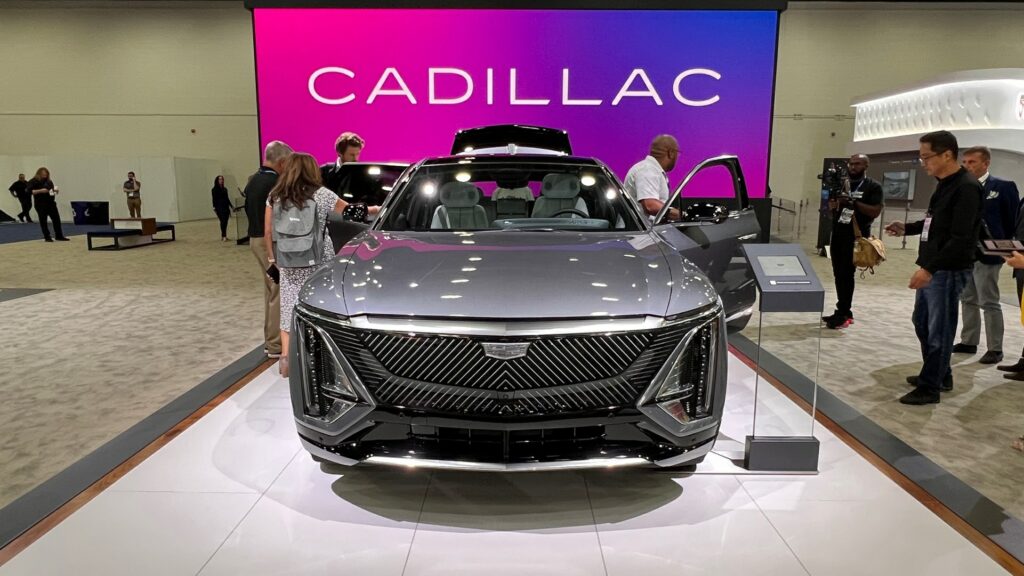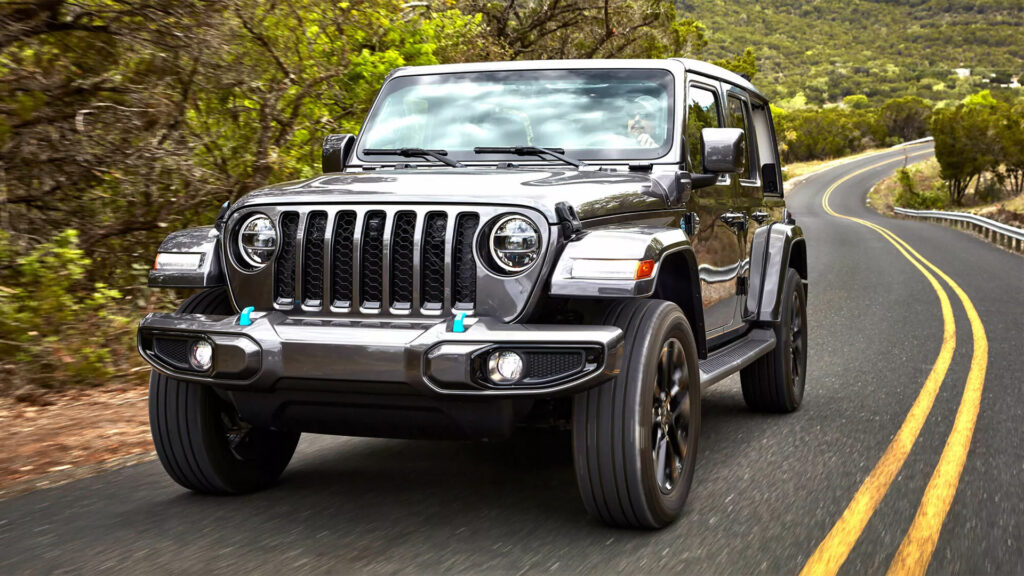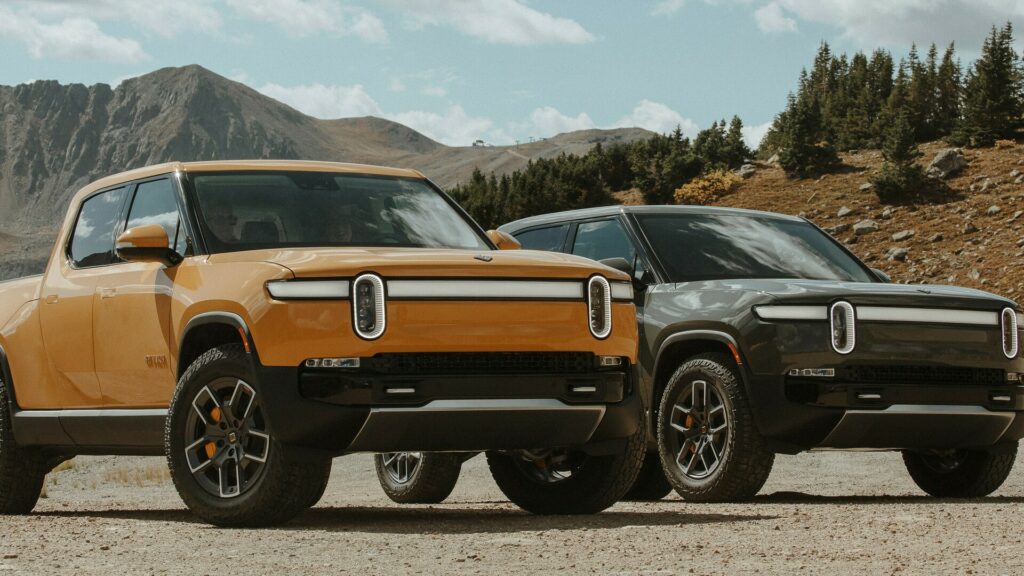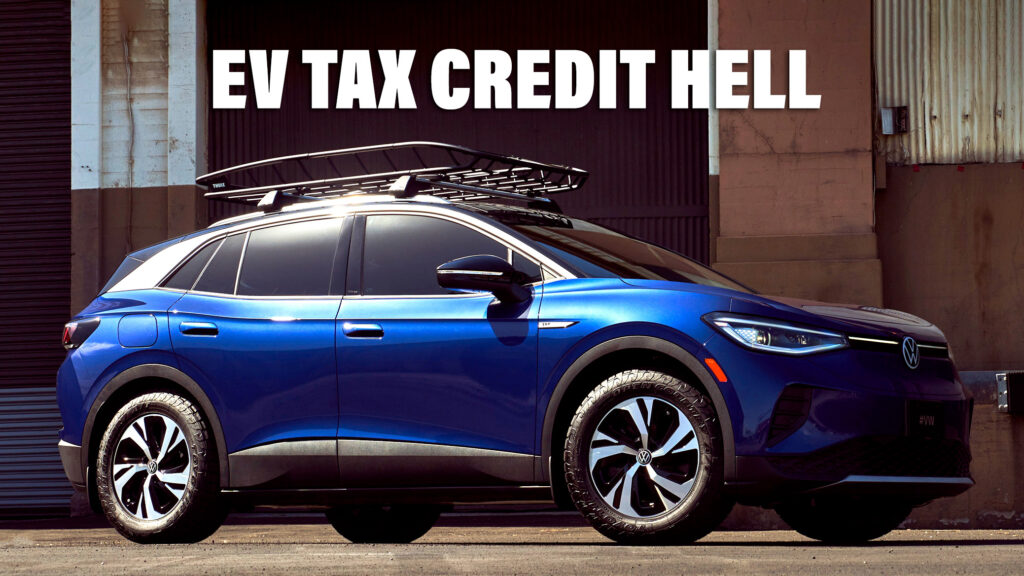Just 10 vehicles will qualify for the full $7,500 zero-emissions vehicle tax credits from the federal government, according to new guidance published by the United States Internal Revenue Service (IRS). Meanwhile, nine vehicles that previously qualified, will now receive no incentives due to the makeup of their batteries.
The IRS has published new information about which electrified vehicles do and do not qualify for tax credits under measures introduced with the Inflation Reduction Act. The news follows a March 31 announcement about how battery sourcing rules will be implemented over the decade.

Vehicles That Qualify For Full $7,500 Credit
At that time, the U.S. Treasury explained that vehicles could qualify for up to $7,500 in tax credits by satisfying two requirements. If the majority of the value of the components that make up its batteries are produced in North America, a vehicle qualifies for $3,750 in federal tax grants. If the majority of critical minerals come from the U.S. or a friendly country, it can qualify for another $3,750.
More: Washington Finally Explains Battery Sourcing Rules For EV Tax Credits
The rules are intended to encourage North American EV production, and to give preference to vehicles that aren’t made using components supplied from China. Unfortunately for automakers, the requirements are at their most lax in 2023, and will continue getting stricter until 2029.

Vehicles That Qualify for $3,750 in Credits
For instance, by that year, 100 percent of battery components will have to be manufactured in North America for a vehicle to qualify for that portion of the federal incentives. Meanwhile, sourcing requirements for minerals will top out in 2027, by which time 80 percent will have to be sourced from countries that have favorable trade deals with the U.S.
Under these newly introduced rules, 10 vehicles qualify for all $7,500 in credits, seven for just $3,750, and nine vehicles qualify for nothing, despite being an electric or a plug-in hybrid vehicle. It remains unclear how many vehicles will continue to qualify once rules get stricter in 2024.

Vehicles That Don’t Qualify For Any Credits




